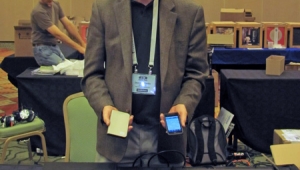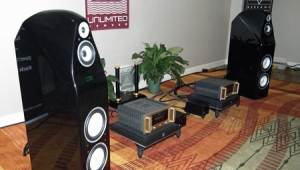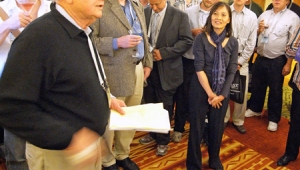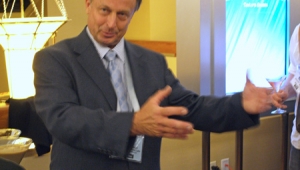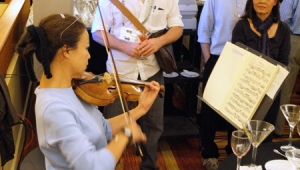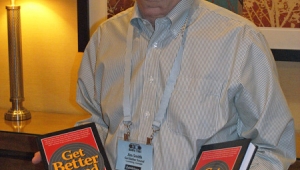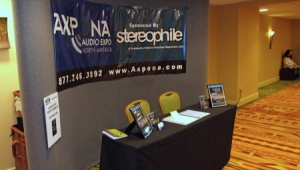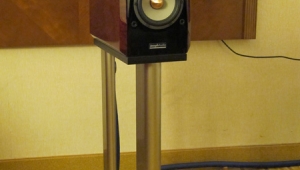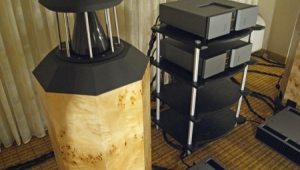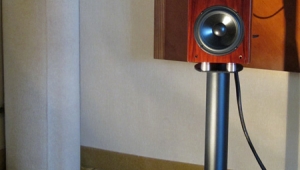| Columns Retired Columns & Blogs |
your impression doesn't make sense. you were clearly letting your eyes influence you. the tweeter and upper frequency drivers have wide enough dispersion that i don't think makes this possible. it's deliberately done this way to time align the drivers naturally without having to set back the drivers. let atkinson test and i'm sure this is the case.




